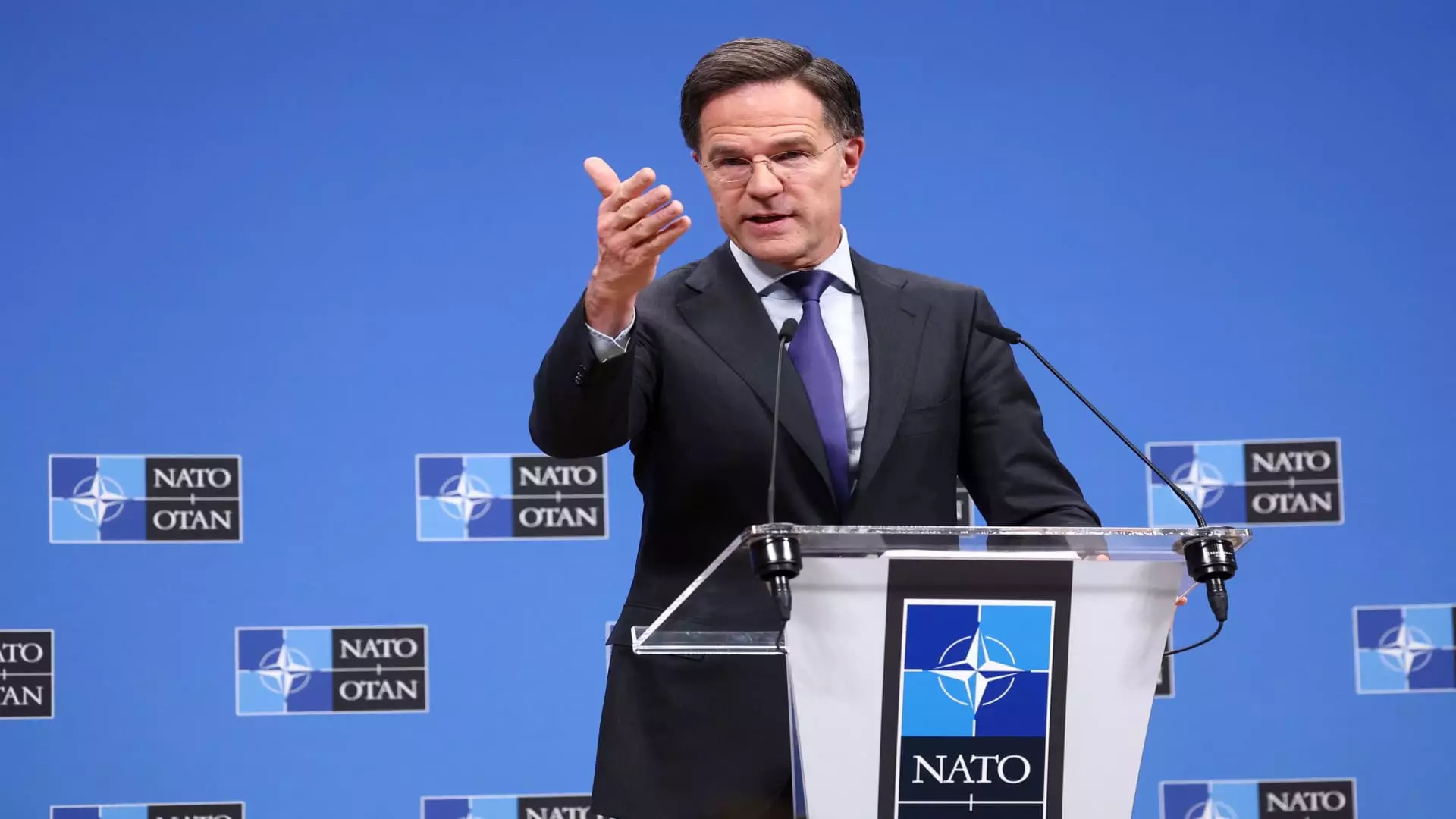The dynamics of the North Atlantic Treaty Organization (NATO) are evolving, with tensions mounting not only within the alliance but also between its European and American members. As the geopolitical landscape becomes increasingly volatile, especially in light of aggressive maneuvers by countries like Russia, it becomes critically important for NATO’s European members to rethink their approach to defense spending and contribution to collective security.
Mark Rutte’s Stark Message
At the Munich Security Conference, NATO Secretary General Mark Rutte delivered a clear directive to European nations: rather than dwelling on grievances regarding the United States’ more combative posturing, they must pivot toward proactive solutions. Rutte urged members to engage in constructive dialogue rather than express discontent. His emphasis on “coming up with concrete ideas” highlights the urgency for European NATO members to enhance their military capabilities in response to external threats.
Rutte’s assertion that the alliance will revise its defense spending targets at an upcoming summit in The Hague suggests a shift in NATO’s financial framework. Speculating that the new target could exceed the existing 2% of GDP commitment reinforces the notion that the alliance must adapt to a rapidly changing security environment. While Rutte remained vague about the specifics, the implication is clear: increased military expenditure is essential for collective security.
One of the most contentious issues within NATO has been defense spending. U.S. Senator Lindsey Graham’s remarks illustrate a shared belief that Russian aggressions have inadvertently strengthened NATO’s resolve to increase military budgets. The senator’s comments included a pointed critique of Vladimir Putin, suggesting that the Russian president’s actions had a galvanizing effect on military readiness across NATO member states, a statement that underscores the paradox of rising tensions leading to increased unity.
Historically, European nations have been criticized for their reliance on U.S. military support. The entry of Donald Trump into the political arena amplified these criticisms, as he vehemently demanded that NATO members fulfill their spending commitments. Unlike previous administrations, Trump’s stance was characterized by a confrontational tone that prompted European allies to reevaluate their defense policies. However, the question remains: are they doing enough?
Trump’s Influence on NATO Spending
During Trump’s first presidency, a confrontational approach led to significant discussions around NATO spending. He berated member countries for not meeting the 2% GDP target and even proposed raising it to 5%. This bold recommendation raises serious questions about the feasibility and implications of such a figure. While defense budgets are essential for maintaining military readiness, they also reflect domestic political reality in member countries, making the adjustment to 5% an enormous challenge.
Despite these criticisms, a trend of increasing defense expenditure among NATO members has emerged since Trump’s administration. From only six countries meeting the 2% target in 2018, projections indicate that 23 members could achieve this benchmark by 2024. Yet, none have approached the ambitious goals set forth by Trump, including the United States itself under the Biden administration.
The forthcoming NATO summit is expected to be pivotal. European members are tasked with not merely responding to the demands from the U.S. but also establishing a coherent plan to enhance their own military capabilities. This obligation extends beyond mere numbers; it necessitates strategic planning, investment in new technology, and foster cooperation among allies.
Furthermore, how do European nations navigate their geopolitical landscapes while adhering to NATO’s goals? The challenges facing Europe are multi-faceted, demanding a comprehensive approach that includes diplomacy, economic strategies, and, of course, military readiness. As the international security climate continues to shift, it is crucial for Europe to rise to the challenge, not just to appease an increasingly assertive U.S. but for their own sovereign security.
As NATO grapples with its identity and purpose in a tumultuous world, the onus falls on Europe to adapt and expand its defense capabilities. Mark Rutte’s call to action is not merely rhetoric; it is a necessity. With the specter of Russian aggression looming, NATO’s European members must embrace their responsibilities and contribute meaningfully to the security of the alliance. The future of NATO depends on active participation, shared commitment, and a collective vision for a secure Europe.


Leave a Reply